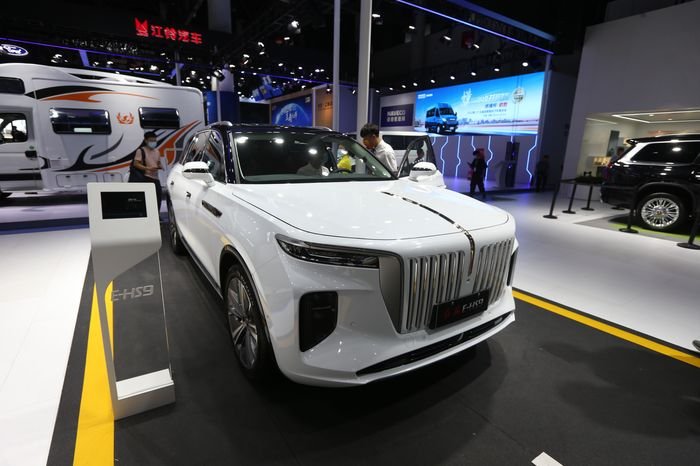In a strategic maneuver, Chinese carmakers are setting up production facilities in Mexico to exploit North American trade rules, flooding the United States with ultra-low-priced electric vehicles (EVs). As these affordable Chinese EVs, priced significantly lower than their American counterparts, become available across the U.S., the repercussions for the domestic auto industry could be severe.
American-made EVs, averaging around $55,000, struggle to compete against the more economical Chinese models. This competitive imbalance threatens to replicate the devastating impact seen in other industries like steel and solar equipment, where government-subsidized Chinese goods overwhelmed American manufacturers. The Alliance for American Manufacturing has described this potential influx as a “potentially extinction-level event” for America’s auto industry.
Navigating the USMCA Loophole and Its Implications for American EV Manufacturers
The trade deal in question, the US-Mexico-Canada Agreement (USMCA), negotiated under the Trump administration and enacted in 2020, allows Chinese autos assembled in Mexico to enter the U.S. either duty-free or at a nominal 2.5% tariff rate. This loophole presents a significant threat as it enables China to undercut U.S. prices significantly. In response, U.S. policymakers have several options. Customs officials could rule that Chinese EVs assembled in Mexico do not qualify for the low-duty benefits. Additionally, the U.S. could pressure Mexico to restrict Chinese vehicles or bar them on national security grounds. Former President Donald Trump proposed a 100% tariff on Chinese EVs to protect American businesses.
Also Read: BJP stalwart LK Advani admitted to AIIMS; condition stable
However, any U.S. government action would likely face legal challenges from companies eager to import Chinese EVs. This dilemma comes at a critical juncture for U.S. automakers, who are investing billions in EV production amidst slowing sales and high consumer anxiety over charging infrastructure and vehicle prices.
Potential Benefits and Challenges of Chinese EV Influx in the U.S. Market
On the flip side, some argue that an influx of low-priced Chinese EVs could boost U.S. EV adoption, stimulate investment in charging infrastructure, and drive down overall prices. Christine McDaniel of George Mason University’s Mercatus Center suggests that allowing the market to adjust without tariffs and subsidies could accelerate the transition to electric vehicles in the U.S. “It would be disruptive, but EVs would get on the road in the U.S. a lot faster,” McDaniel asserts.
The stakes in this scenario are immense. China’s lead in EV production, accounting for nearly 62% of global output last year, dwarfs the U.S.’s 10%. Chinese automakers like BYD, with models like the $12,000 Seagull, have made significant strides in efficiency and cost-reduction. BYD is even considering building a factory in Mexico, potentially circumventing U.S. import taxes by demonstrating that their vehicles undergo substantial transformation in Mexico.
As the global race to dominate the EV market intensifies, U.S. policymakers and automakers face a formidable challenge in balancing protectionism with the need to advance domestic EV adoption. The outcome of this dynamic will shape the future of zero-emissions transportation and the broader auto industry for decades to come.













